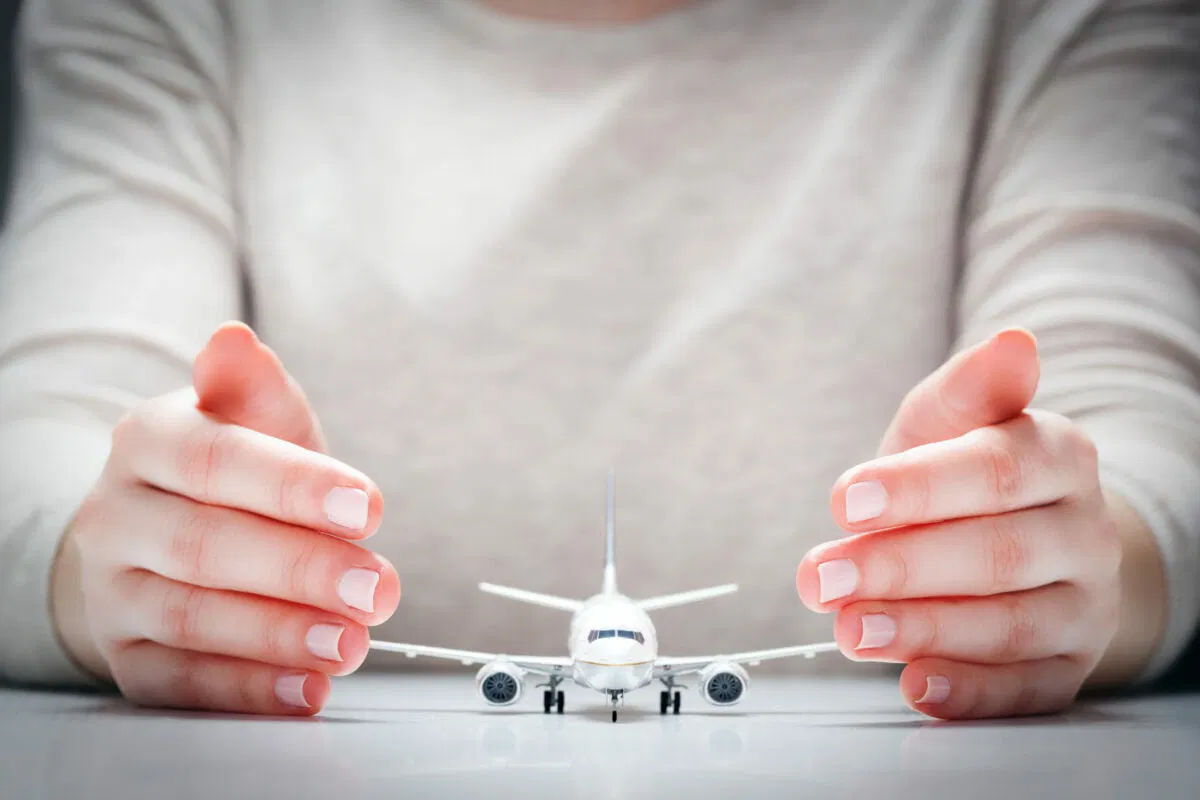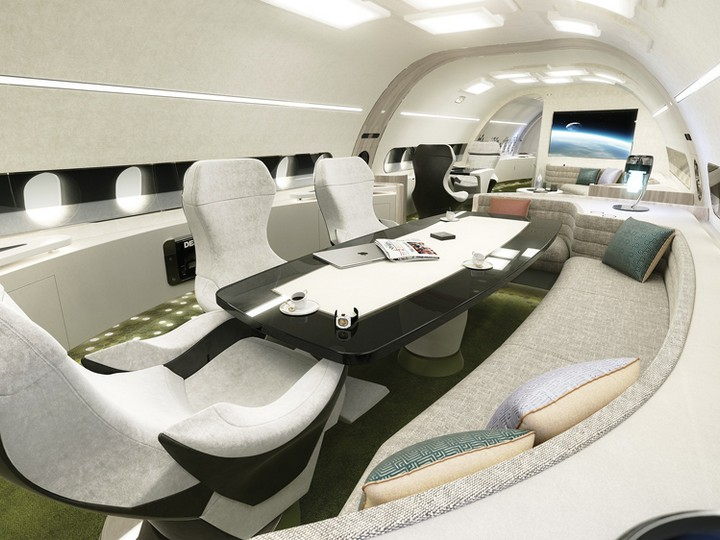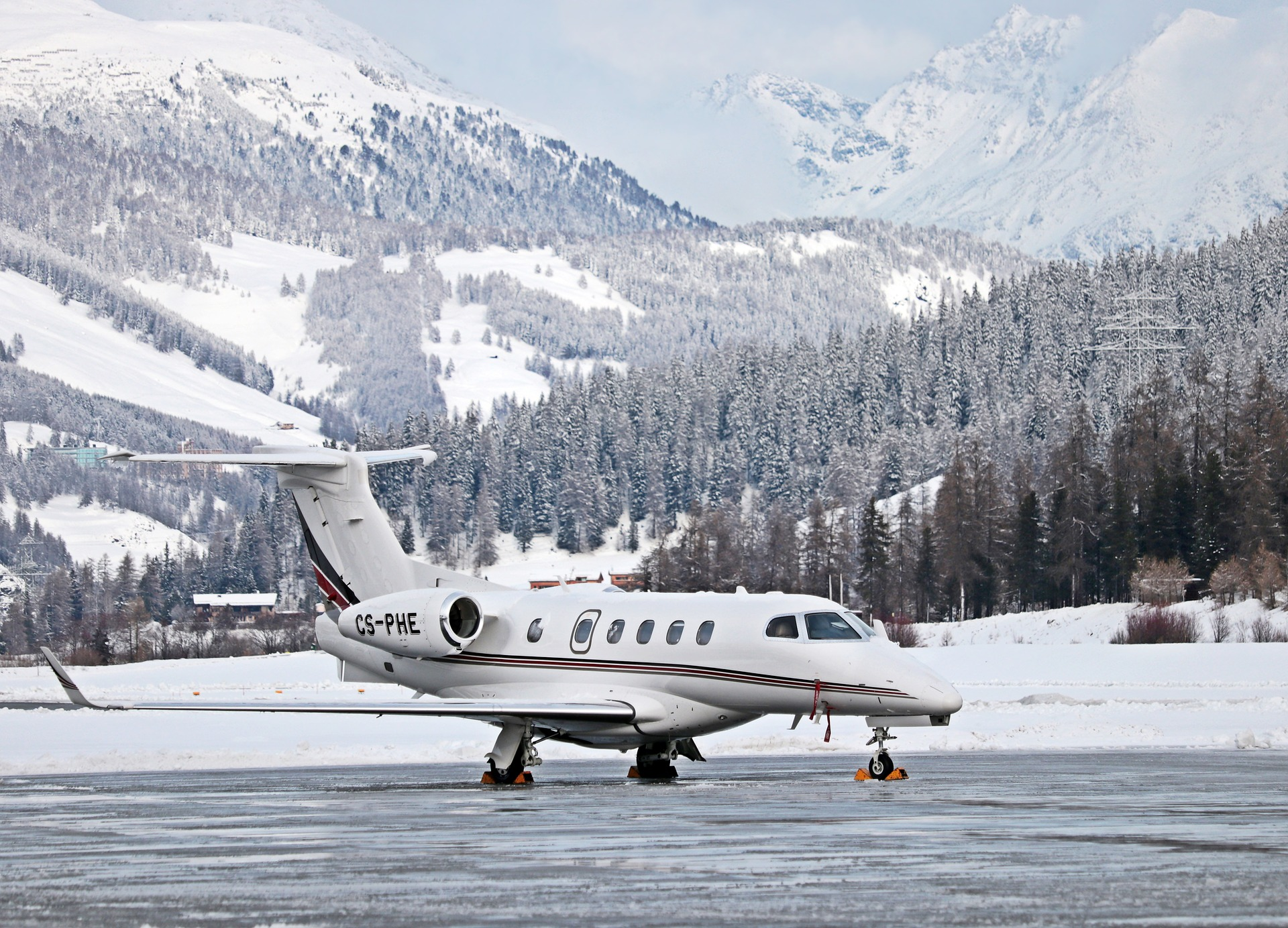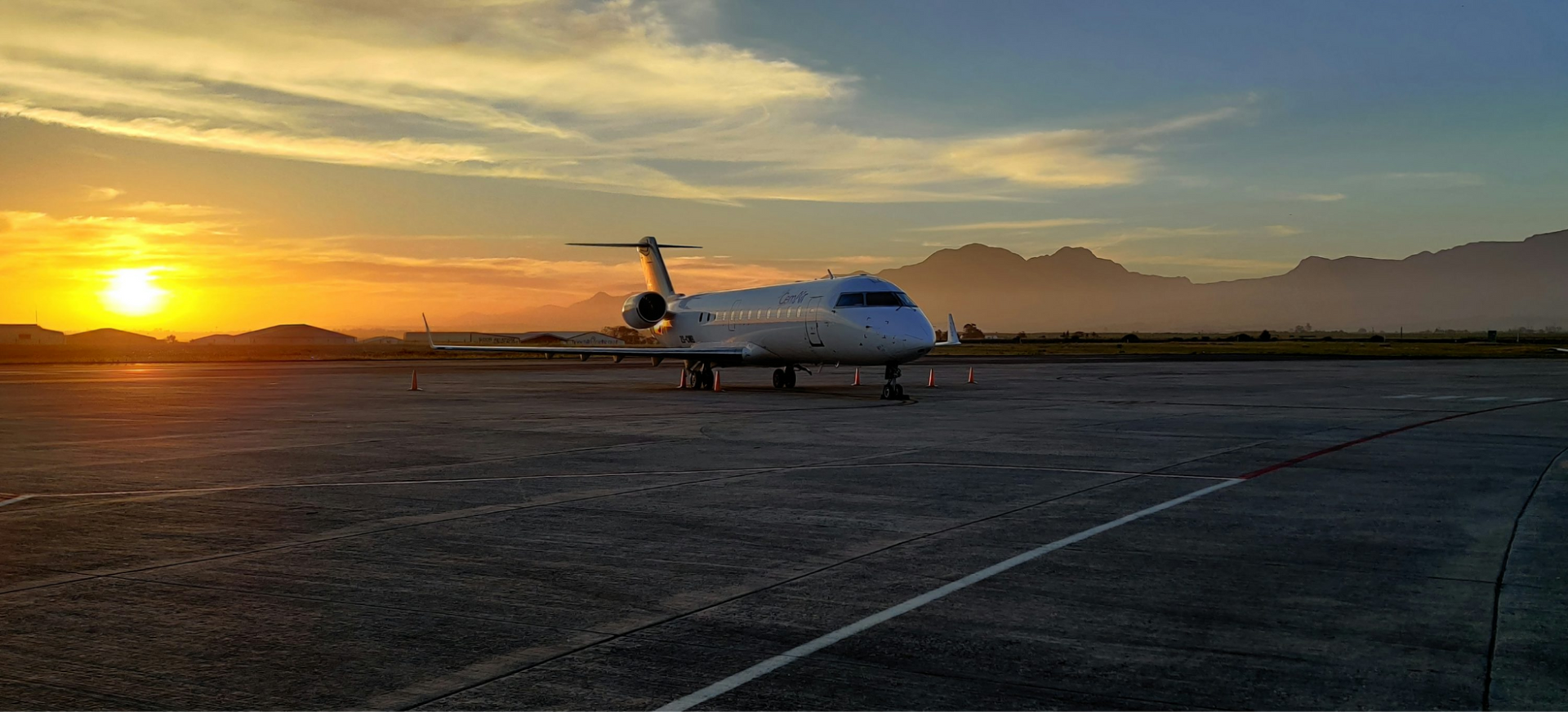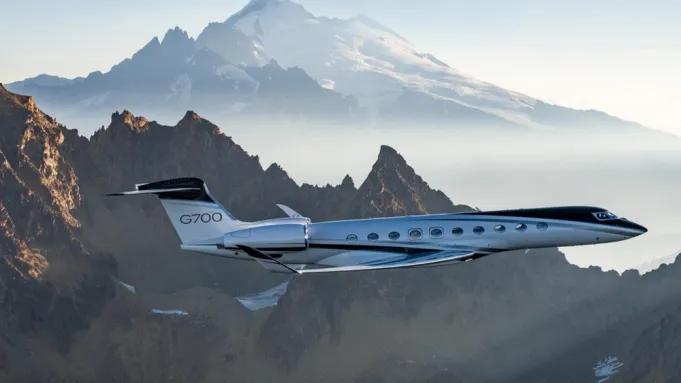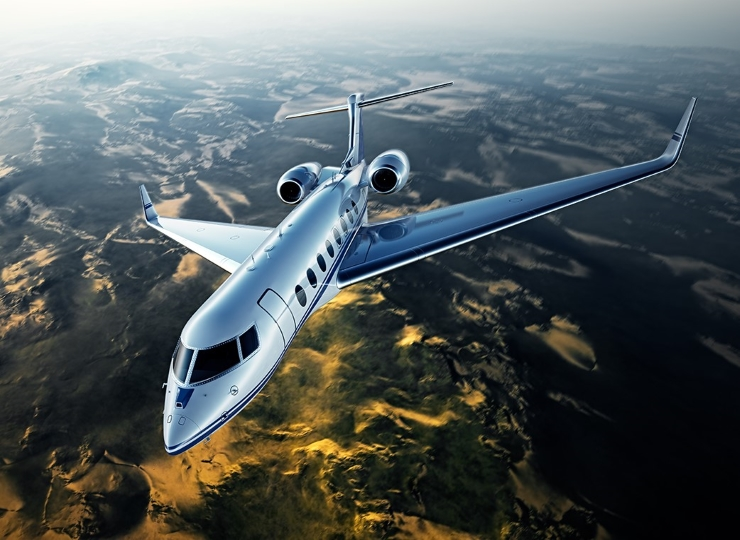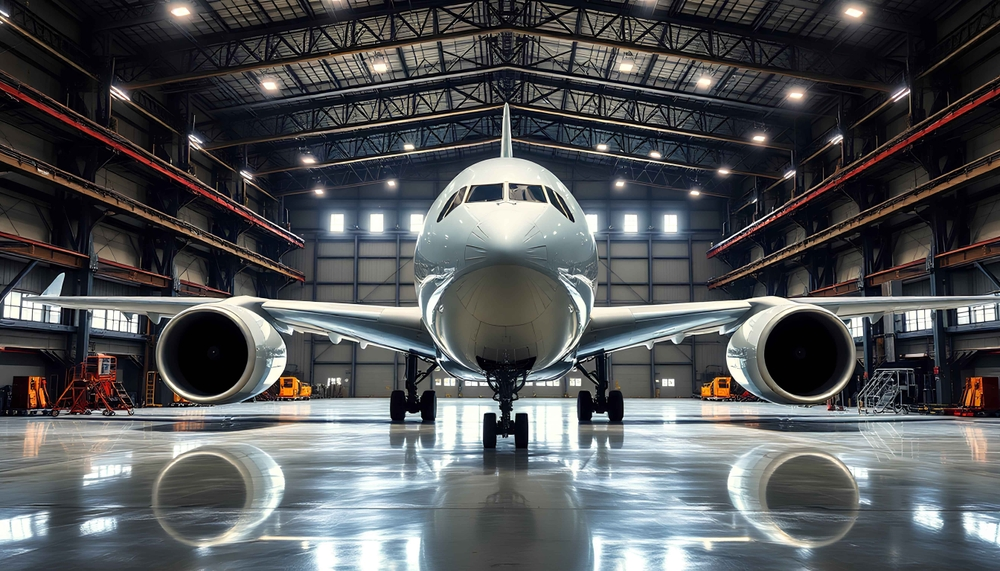Safety First: The Stringent Standards of Private Jet Aviation
When it comes to private aviation, safety isn’t just a checkbox — it’s the foundation of everything. Whether you’re a CEO flying to a board meeting or a family chartering a private jet for a weekend escape, peace of mind is non-negotiable. And for clients in Australia seeking private jet charters, understanding how stringent private jet safety protocols are can be the reassurance they need to take the leap into private aviation with full confidence.
What Does "Private Jet Safety" Really Mean?
Many people associate private jets with luxury, speed, and convenience. But behind the glamour lies a deeply regulated and meticulously enforced system of safety standards. In Australia, all private jet operations fall under the regulatory eye of the Civil Aviation Safety Authority (CASA) — the governing body responsible for aviation safety across the country.
Private jet safety covers a broad spectrum, including routine and unscheduled private jet safety inspections, aircraft maintenance, pilot training, operational protocols, and compliance with both national and international regulations. Every aircraft flying under a private charter must meet or exceed these requirements before being cleared for takeoff.
Maintenance Protocols That Go Above and Beyond
One of the critical components of private jet safety is the rigorous private jet maintenance protocols enforced by CASA. Unlike commercial airlines that may work to tight turnaround schedules, private jets are maintained with a strong focus on precision and condition-based servicing.
Aircraft undergo multiple types of inspections — from daily pre-flight checks to more comprehensive scheduled maintenance events. These aren’t just routine checklists. They cover everything from avionics systems and hydraulic performance to cabin pressurisation and emergency equipment. If an issue is found, the aircraft is grounded until it’s resolved.
Operators who are IS-BAO (International Standard for Business Aircraft Operations) certified often go above CASA’s requirements, voluntarily adhering to global best practices. This extra layer of safety is particularly valuable for discerning travellers prioritising trust and reliability.
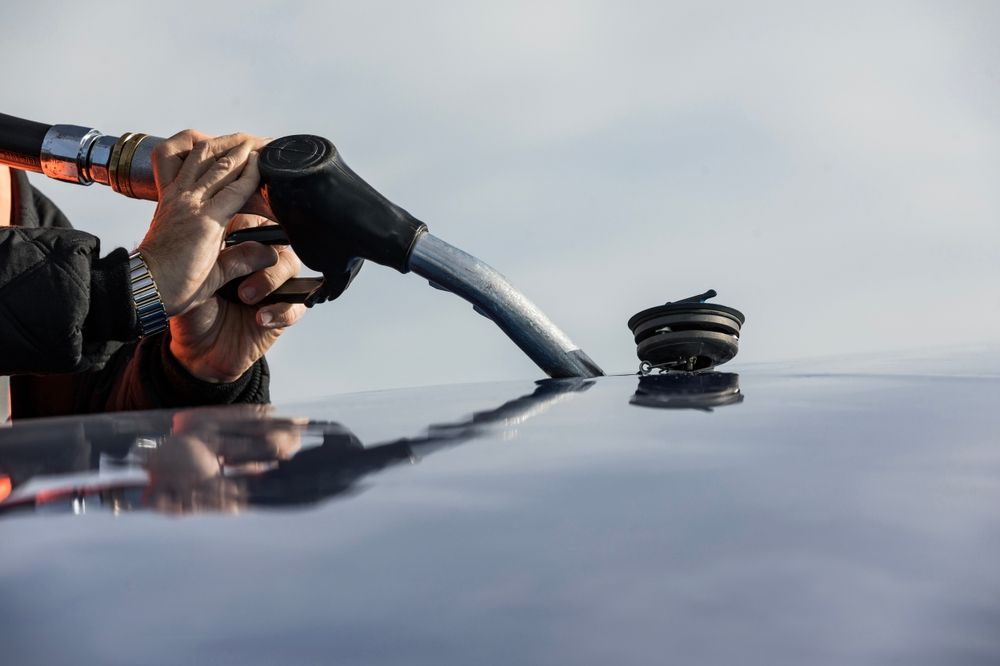
The Human Factor in Private Jet Safety
When it comes to private aviation, the aircraft may be the star, but it’s the crew in the cockpit that ultimately determines the safety of your flight. In Australia, private jet pilots must hold an Airline Transport Pilot Licence (ATPL)—the highest level of certification a pilot can achieve. This isn’t a simple license to obtain; it requires years of training, thousands of logged flight hours, and rigorous testing across various aircraft systems, weather conditions, and emergency procedures.
But it doesn't stop there. Pilots flying private jets are subject to regular simulator assessments, medical evaluations, and recurrent training mandated by the Civil Aviation Safety Authority (CASA). Many of them are former commercial airline captains or ex-military aviators, known for their discipline, quick decision-making, and ability to operate under pressure.
In most private jet operations, two highly qualified pilots are in the cockpit, supported by trained cabin crew who are also drilled in safety and first aid procedures. Together, this team ensures not only a smooth and efficient journey but also the highest level of in-flight safety, from takeoff to landing.
Ultimately, who’s flying the plane matters just as much as the condition of the aircraft. With elite professionals behind every Gojets charter flight, passengers can travel with total peace of mind.
Regional Safety Considerations: Sydney and Beyond
When considering private jet travel within Australia, particularly from major hubs like Sydney, Melbourne, and Brisbane, safety remains a paramount concern. These cities are not only central to Australia's aviation network but also adhere to some of the most stringent safety oversight standards in the industry.
Regulatory Oversight and Compliance
In Australia, the Civil Aviation Safety Authority (CASA) plays a pivotal role in ensuring the safety of aviation operations. Operators based in major cities are subject to regular audits by CASA, ensuring compliance with national safety standards. These audits encompass various aspects, including aircraft maintenance, pilot training, and operational procedures.
Additionally, CASA mandates drug and alcohol testing for aviation personnel involved in safety-sensitive activities. This includes both non-notice testing conducted by CASA and employer testing as part of an organization's Drug and Alcohol Management Plan (DAMP). Such measures ensure that pilots, cabin crew, maintenance personnel, and other relevant staff maintain the highest levels of professionalism and safety (Drug and alcohol testing | Civil Aviation Safety Authority).
Infrastructure and Facilities at Sydney Kingsford Smith Airport
Sydney Kingsford Smith Airport (YSSY) stands as a testament to Australia's commitment to aviation safety. As the country's busiest airport, it boasts state-of-the-art facilities designed to support both commercial and private aviation. The airport's Safety Management System (SMS) operates across the organization to identify, assess, and manage safety issues and risks, ensuring the highest levels of safety and security.
For private jet travelers, the airport offers dedicated Fixed Base Operators (FBOs) like ExecuJet Sydney, which is IS-BAH Stage 3 accredited. These facilities provide comprehensive services, including full handling on private aprons, hangarage, fueling options, and on-site aircraft maintenance.
Why Private Jets Can Be Safer Than You Think
There’s a common misconception that private jets are less safe than commercial flights due to their smaller size and exclusive nature. In reality, private jet operators often exceed commercial aviation standards because their clientele demand discretion, reliability, and above all, safety.
Private aviation means flying on aircraft with fewer passengers, reducing the risk of human error in emergency evacuations or onboard disturbances. It also means bypassing crowded terminals, where delays, lost baggage, or even public health concerns can become safety issues in themselves.
Additionally, private jets are often newer models with fewer flight hours compared to commercial airliners. These aircraft are equipped with advanced avionics, satellite weather updates, and enhanced turbulence avoidance systems.
Final Thoughts: Why Safety Is Non-Negotiable with Gojets
For Australian clients considering a private jet charter, especially those new to private aviation, safety is understandably the top concern. At Gojets, we treat safety as the most fundamental part of our service. Every jet in our network adheres to CASA regulations, passes stringent private jet safety inspections, and is maintained under industry-leading standards.
From private jet charter Sydney safety protocols to our nationwide network of certified aircraft and experienced crew, Gojets delivers peace of mind with every takeoff. Because when you fly with us, luxury and convenience should never come at the cost of safety.
Ready to take flight with confidence? Contact Gojets today for a tailored, secure, and world-class private jet experience built around your needs.



